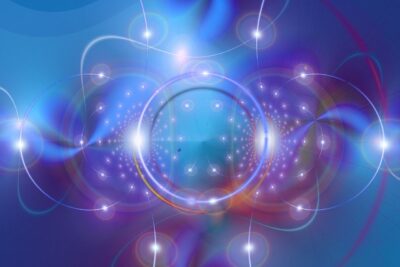Welcome.
I hope this time, too, I can share something useful with you.
Chakra means "disc" and describes the flow of energy in a particular part or area of the body.
The term "chakra" originates from ancient Indian spiritual traditions and is commonly translated as "wheel" rather than "disc." It refers to the concept of energy centers or focal points in the subtle body.
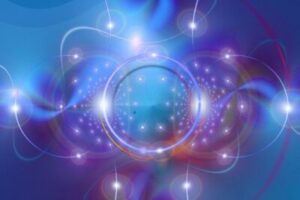
According to traditional Indian beliefs, there are seven main chakras that are aligned along the spine, from the base to the crown of the head. Each chakra is associated with specific qualities and functions, both physical and spiritual.
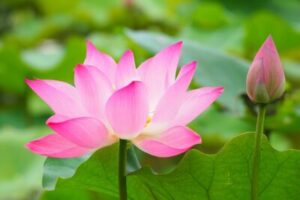
The chakras are thought to be responsible for the flow of vital energy, known as prana or chi, throughout the body. When the energy in a particular chakra is balanced and flowing harmoniously, it is believed to contribute to overall well-being. However, if there are blockages or imbalances in the chakras, it is thought to affect a person's physical, mental, and emotional health.
The seven main chakras are
Root Chakra (Muladhara)
Located at the base of the spine, it is associated with grounding, stability, and survival instincts.
Sacral Chakra (Svadhisthana)
Located in the lower abdomen, it is linked to emotions, creativity, and s exuality.
Solar Plexus Chakra (Manipura)
Located in the upper abdomen, it is associated with personal power, confidence, and self-esteem.
Heart Chakra (Anahata)
Located in the center of the chest, it is connected to love, compassion, and emotional well-being.
Throat Chakra (Vishuddha)
Located at the throat, it is associated with communication, self-expression, and authenticity.
Third Eye Chakra (Ajna)
Located between the eyebrows, it is linked to intuition, insight, and spiritual awareness.
Crown Chakra (Sahasrara)
Located at the top of the head, it represents spiritual connection, higher consciousness, and transcendence.
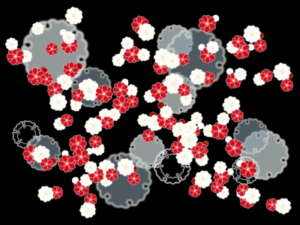
These chakras are often depicted as spinning wheels of energy, and various practices such as yoga, meditation, and energy healing aim to balance and activate the chakras for optimal well-being. It's important to note that while the concept of chakras has a long history in Indian traditions, it is viewed differently across various spiritual systems and practices.
There are many chakras in the human body, but there are 7 main chakras.
While there are believed to be many chakras in the human body, the traditional Indian system recognizes seven main chakras. These seven chakras are considered to be the primary energy centers, and they are widely discussed and focused upon in various spiritual and holistic practices.

These seven main chakras, as mentioned earlier, are associated with specific areas and functions in the body. They are considered the primary focal points for energy flow and are often depicted as spinning wheels of energy.
It's important to note that different traditions and systems may ha ve variations in the number and names of the chakras they recognize. Some systems may refer to additional chakras, such as the higher heart chakra or the earth star chakra, while others may focus on different energy centers altogether.

While the seven main chakras are commonly discussed and utilized, it's essential to explore and study different perspectives to gain a broader understanding of chakras and their significance across various traditions and practices.
Each chakra is associated with a specific color, sound, element, sacred syllable (mantra), state of consciousness, etc.
each of the seven main chakras is often associated with specific attributes, including colors, sounds, elements, sacred syllables (mantras), and states of consciousness. These associations can vary depending on different interpretations and traditions. Here's a general overview of the associations commonly associated with each chakra:
Root Chakra (Muladhara)
Color: Red
Element: Earth
Sound: Lam
Mantra: "Lam" or "Om Lam"
State of Consciousness: Stability, grounding, survival instincts
Sacral Chakra (Svadhisthana)
Color: Orange
Element: Water
Sound: Vam
Mantra: "Vam" or "Om Vam"
State of Consciousness: Creativity, passion, s exuality
Solar Plexus Chakra (Manipura)
Color: Yellow
Element: Fire
Sound: Ram
Mantra: "Ram" or "Om Ram"
State of Consciousness: Personal power, confidence, willpower
Heart Chakra (Anahata)
Color: Green or Pink
Element: Air
Sound: Yam
Mantra: "Yam" or "Om Yam"
State of Consciousness: Love, compassion, emotional well-being
Throat Chakra (Vishuddha)
Color: Blue
Element: Ether
Sound: Ham
Mantra: "Ham" or "Om Ham"
State of Consciousness: Communication, self-expression, authenticity
Third Eye Chakra (Ajna)
Color: Indigo or Purple
Element: Light
Sound: Aum or Om
Mantra: "Aum" or "Om" or "Om Shanti"
State of Consciousness: Intuition, insight, spiritual awareness
Crown Chakra (Sahasrara)
Color: Violet or White
Element: Consciousness
Sound: Silence
Mantra: "Om" or "Om Namah Shivaya" or "Aum Namah Shivaya"
State of Consciousness Spiritual connection, higher consciousness, transcendence
These associations are often used in various practices such as meditation, chanting, and energy healing to balance and activate the corresponding chakras and promote overall well-being. It's important to note that while these associations are widely recognized, different interpretations and systems may ha ve variations in the specific attributes associated with each chakra.
Practices such as yoga and meditation are said to help activate and balance the chakras.
yoga and meditation are practices often used to activate and balance the chakras. Here's how these practices can help
Yoga
Yoga involves physical postures (asanas), breath control (pranayama), and meditation. Certain yoga poses are believed to stimulate and open specific chakras, promoting energy flow and balance throughout the body. For example, poses like Tadasana (Mountain Pose) and Virabhadrasana I (Warrior I) can help activate the root chakra, while poses like Bhujangasana (Cobra Pose) and Matsyasana (Fish Pose) can stimulate the heart chakra. By practicing yoga regularly, individuals can enhance the overall well-being of their chakras.
Meditation
Meditation is a technique that involves focusing the mind and achieving a state of deep relaxation and heightened awareness. It can be used to bring attention to the chakras, visualize their associated colors or symbols, and bring about balance and harmony. Chakra meditation often involves focusing on each chakra individually, visualizing the corresponding color, and using specific mantras or affirmations associated with each chakra. This practice can help cleanse, activate, and balance the chakras, promoting a sense of well-being and spiritual connection.
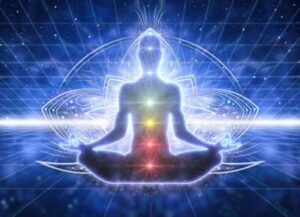
Both yoga and meditation provide tools for self-awareness, mindfulness, and energy alignment. Regular practice of these techniques can help individuals become more attuned to their energy centers and promote the harmonious flow of energy through the chakras. It's important to note that consistency and dedicated practice are key for experiencing the benefits of yoga and meditation in relation to chakra activation and balance.
last
It brings me joy to see you happy.
